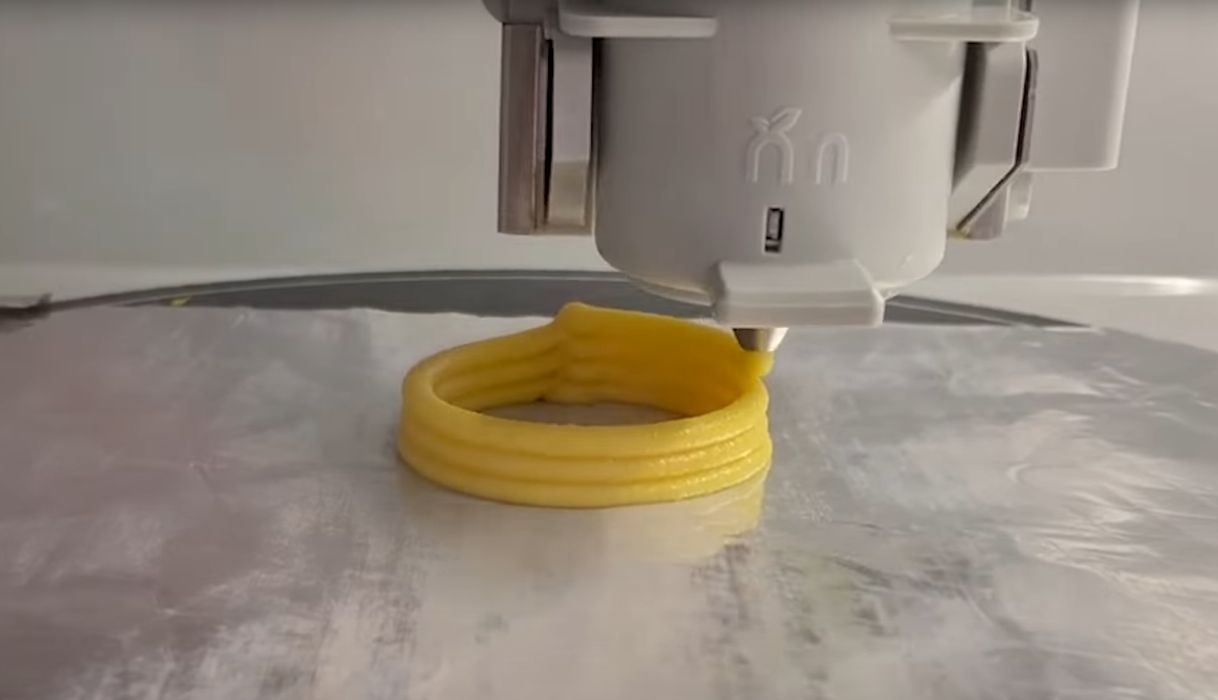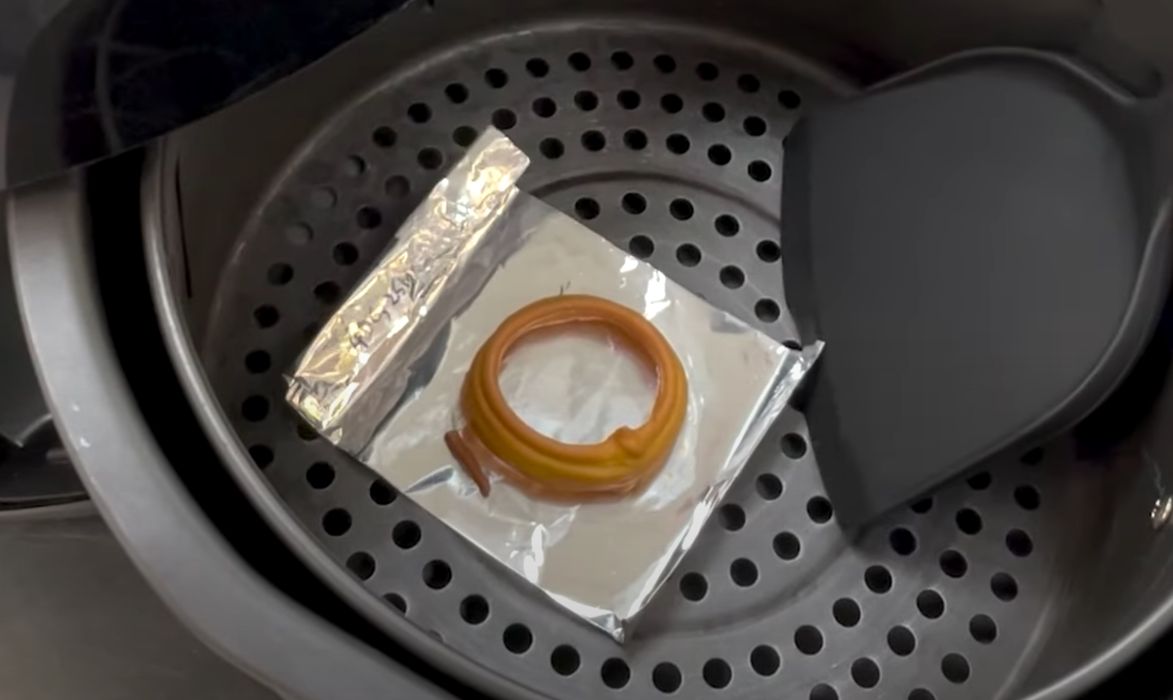
You’ve heard about 3D printed steaks. How about 3D printed seafood?
That’s the latest development in the world of 3D printed food.
A video from the American Chemical Society describes work undertaken by researchers to develop a method of 3D printing plant-based seafood.
Why 3D print food? It’s all about the structure of the food.
In this case, the researchers used a combination of mung beans, microalgae and plant oils to provide omega-3 fatty acids that are frequently found in natural fish. This meant that the resulting food product would qualify as vegan.
It’s one thing to make the material chemically similar to meat, but quite another to make it taste like meat. This is because the eating experience is more than just the chemistry, and involves a tricky combination of smell, mouth feel and visual appearance.
To create the appearance and mouth feel the researchers developed a way to 3D print this plant mixture. Their first iteration was to produce a ring to form a simulated calamari ring.
The mixture was 3D printed using a paste extrusion set up, which uses compressed gas to push a syringe full of the material out a nozzle. The process is quite similar to FFF 3D printing, but with far less resolution.

Following printing, the researchers used an air fryer to cook the mixture. In the video they explain that it had a crispy outside — something easy to do with an air fryer. However, they also said that consumer validation has yet to take place.
That is the big question. Consumers are quite picky when it comes to food, and just because something is vegan or 3D printed does not mean it will succeed in the market. Other companies, such as Steakholder Foods, have spent considerable time and money developing replica-steak, which apparently is quite good.
However, it may be that 3D printed seafood will have to undergo a similar complex analysis and development process to produce a food product that’s both acceptable to taste and also with an affordable price.
Via ACS
